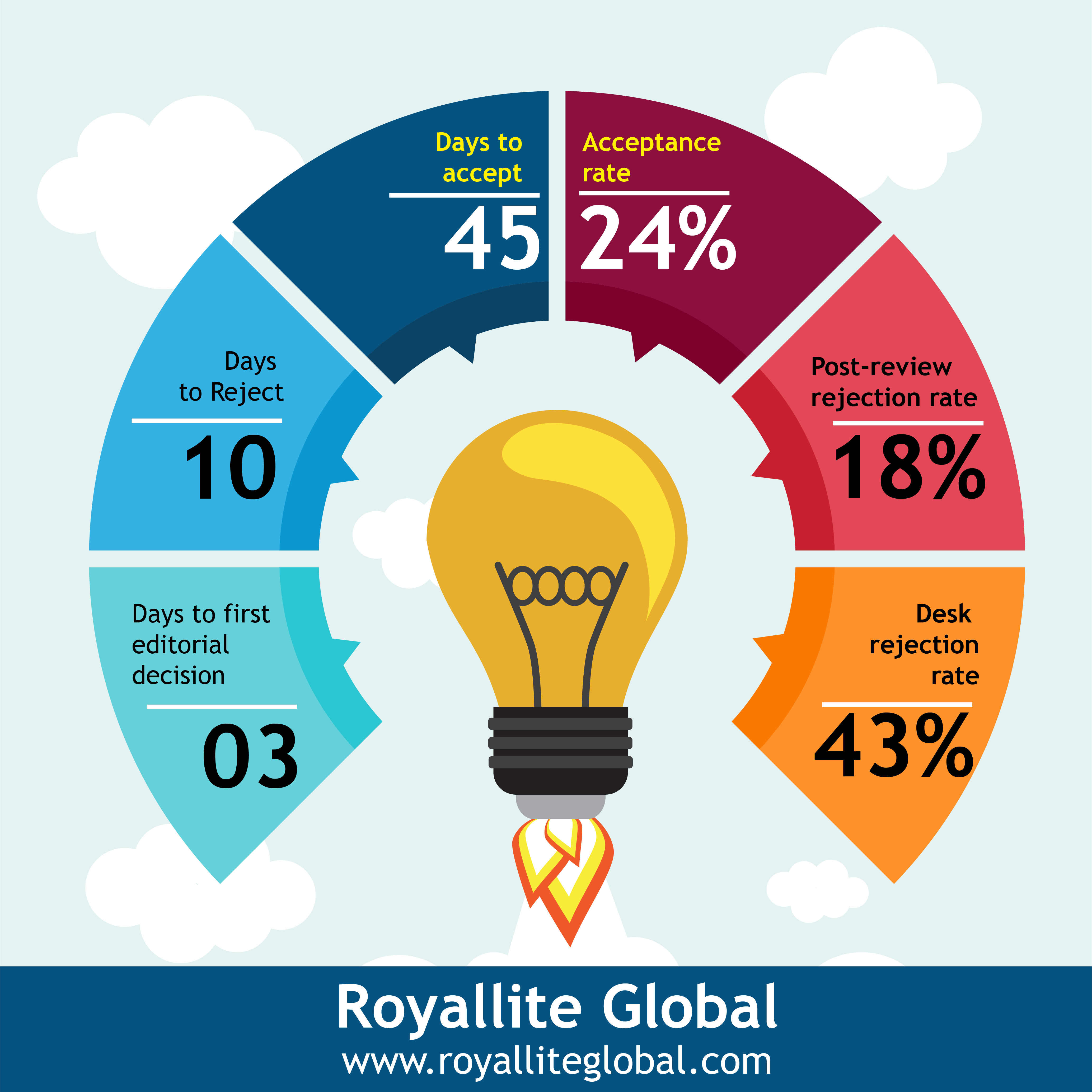Perspective comparison of structures and themes of two ancient epic poems and Muyaka’s poems
Keywords:
classicism, epic, literature, poems, structure, themesAbstract
Literature explains about events and occurences of a paticular society. The Works of literature copy structures, styles and themes from other literary Works written before them. In this perspective, this journal aims at comparing structures and themes between two ancient epic poems and poems written by Muyaka. This ancient epic poems are: Utendi wa Al- Inkishafi and Liyongo. Through this analysis we would establish if there are similar and different structural and themal characteristics between Muyaka’s poems and the two ancient epic poems given that they were composed at the same period. This analysis was led by the theory of classicism. The tenets of this theory are: ancient terminologies, high level of creativity, quoting writers who wrote in different time periods among many others. According to the theory of classicism, the Works of literature were measured based on other literary works. This measurement brought about rules and regulations that identified good composition of literary works. On the other hand, epic poems that were discussed in this journal are in the book of Tenzi za Kale that was edited.
References
Abdulaziz, M. H. (1979). Muyaka: 20th Century Popular Poetry. Nairobi: OUP.
Chacha, C. N. (1992). Ushairi wa Abdilatif Abdalla: Sauti ya Utetezi. Dar- es- Salaam. Dar-es-Salaam University Press.
Frye, N. (1957). Anatomy of Criticism: Four Essays. New Jersey: Princeton University Press.
Frye, N. (1982). The Great Code: The Bible and Literature (vol. 19). Toronto: University of Toronto Press.
Hassan, R. H. (2018). Ujaala katika Ushairi wa Kiswahili: Mifano kutoka Tungizi za Mnyangatwa na Diwani ya Midulu. (Haijachapishwa). Chuo Kikuu Cha Dodoma, Dodoma, Tanzania.
Karisa, B. S. na Mwinyifaki, A. (2017) ‘Iktibasi’ katika Tenzi za Mwanakupona na Al- Inkishafi. Kioo cha Lugha, 11 (1).
Mlaga, W. (2017). Misingi ya Ufundishaji na Ujifunzaji wa Karne ya 21. Dar-es- Salaam. Dar- es-Salaam University Press.
Mulokozi, M. M. (Mh.) (1999). Tenzi Tatu za Kale. Dar- es- Salaam: Taasisi ya Uchunguzi wa Kiswahili.
Sengo, T. S. Y. (2009). Tungizi za Mnyagatwa. Dar- es- Salaam: Al- Amin Education and Research Academy.
Shahid, I. (1980). ‘Arabic Literature’ in Holt (1991). Cambridge History of Islamic Vol. 2B. Cambridge University Press. Pg 657- 671
Shariff, I. N. (1988). Tungo Zetu. Trenton: The Red Sea Press.
Wafula, R. M. na Njogu, K. (2007). Nadharia za Uhakiki wa Fasihi. Nairobi: Jomo Kenyatta Foundation.
Wamitila, K. W. (2002). Uhakiki wa Fasihi: Misingi na Vipengele Vyake. Nairobi: Phoenix Publishers Ltd.
Downloads
Published
Issue
Section
License
Copyright (c) 2021 Jessee Murithi, Mwanzu Daniel Misigo

This work is licensed under a Creative Commons Attribution-NonCommercial-ShareAlike 4.0 International License.
This open-access article is distributed under a Creative Commons Attribution (CC-BY) 4.0 license.
You are free to: Share — copy and redistribute the material in any medium or format. Adapt — remix, transform, and build upon the material for any purpose, even commercially. The licensor cannot revoke these freedoms as long as you follow the license terms.
Under the following terms: Attribution — You must give appropriate credit, provide a link to the license, and indicate if changes were made. You may do so in any reasonable manner, but not in any way that suggests the licensor endorses you or your use.
No additional restrictions You may not apply legal terms or technological measures that legally restrict others from doing anything the license permits.






